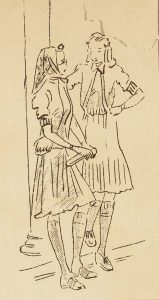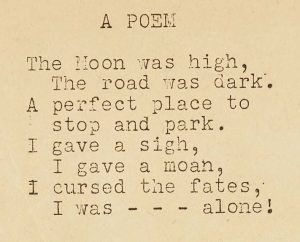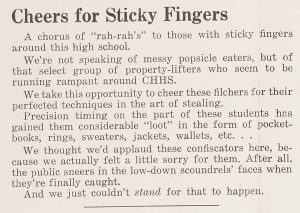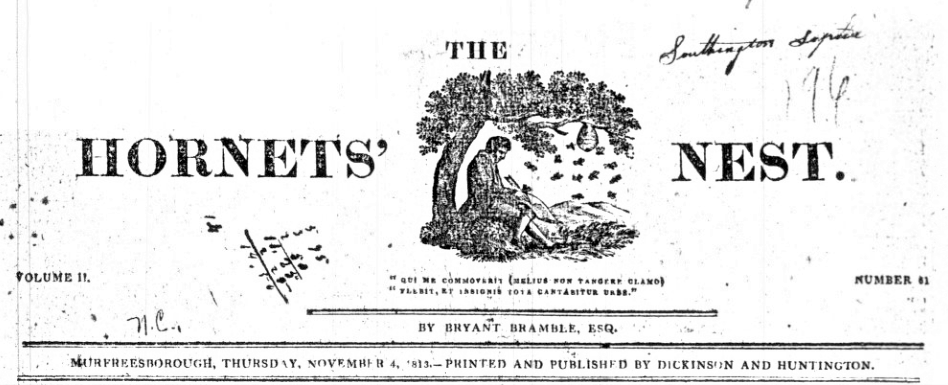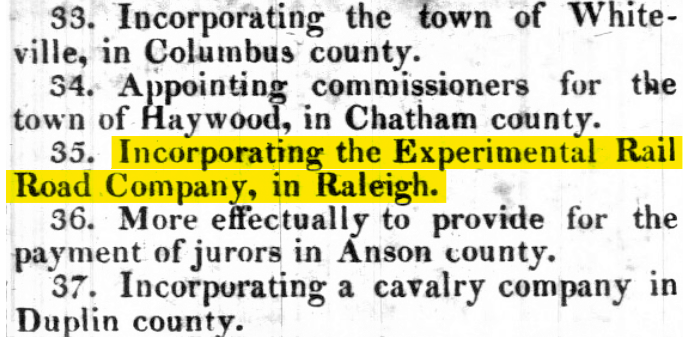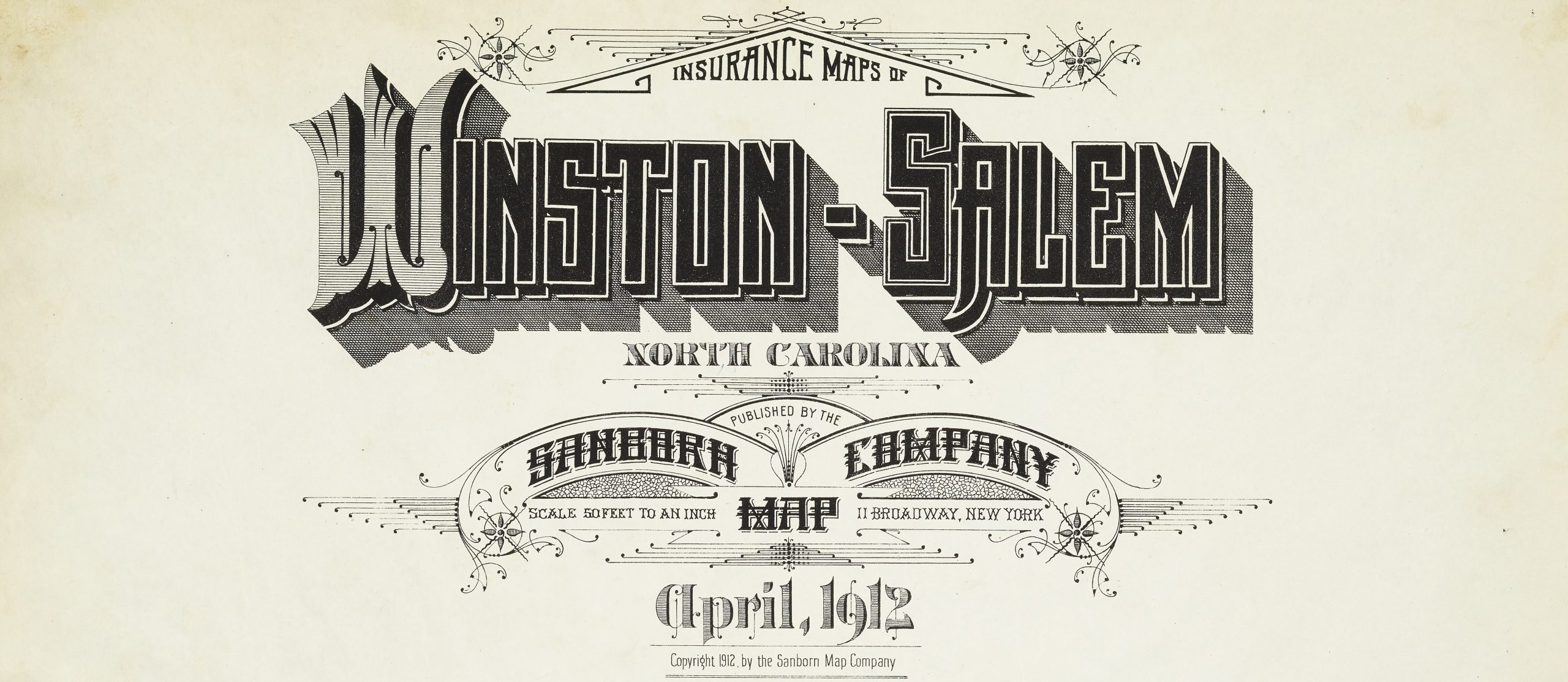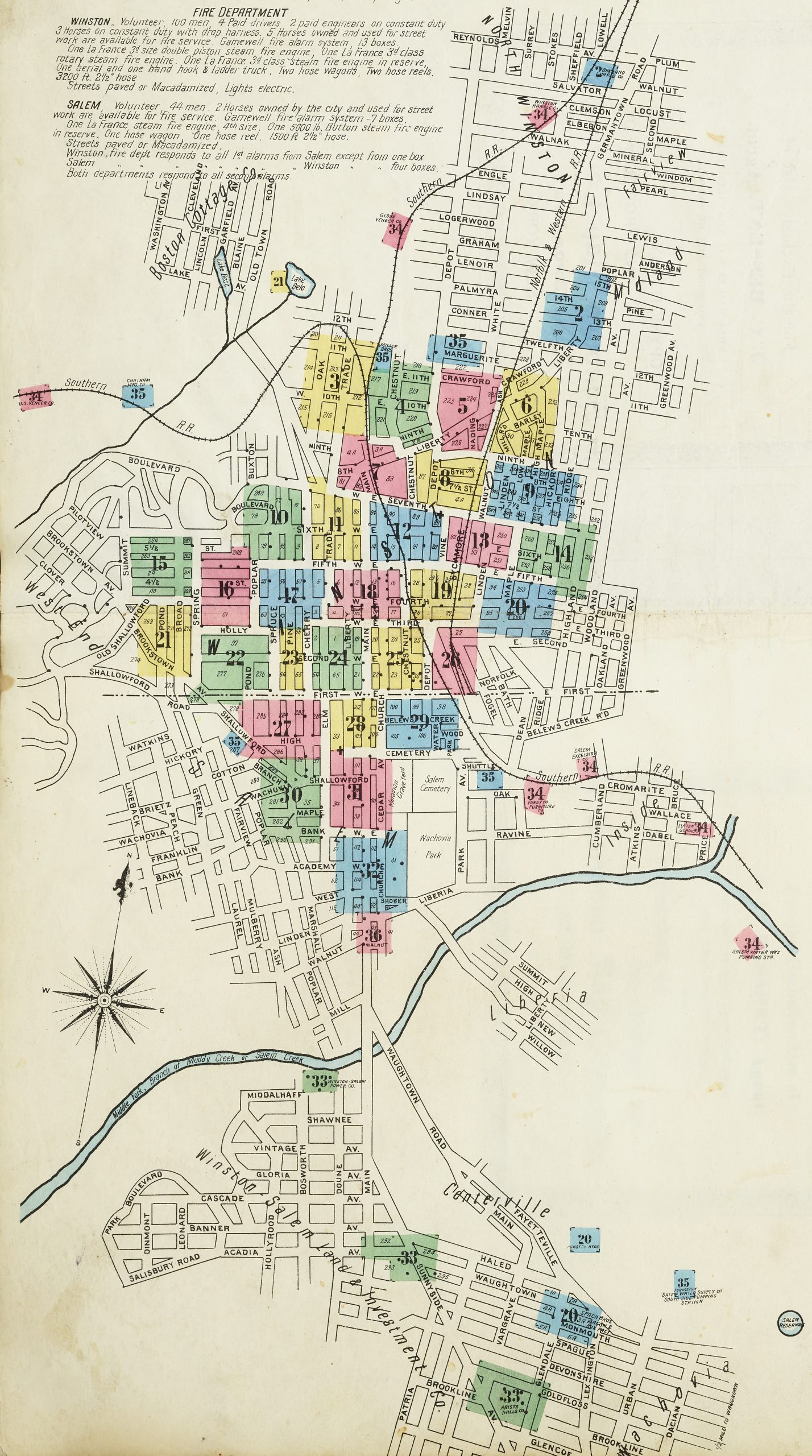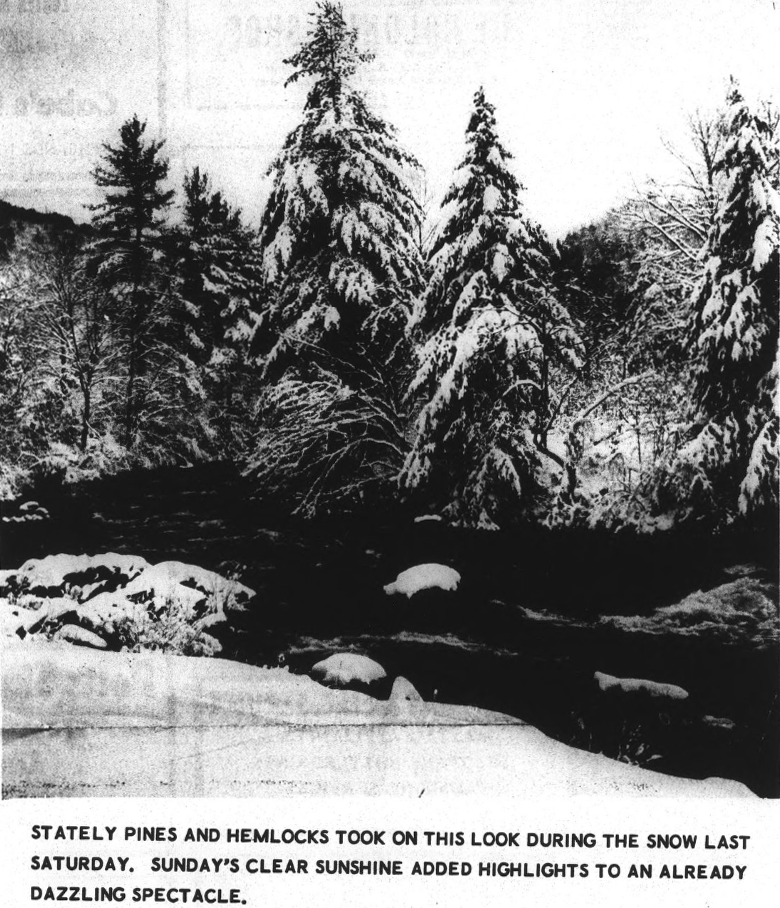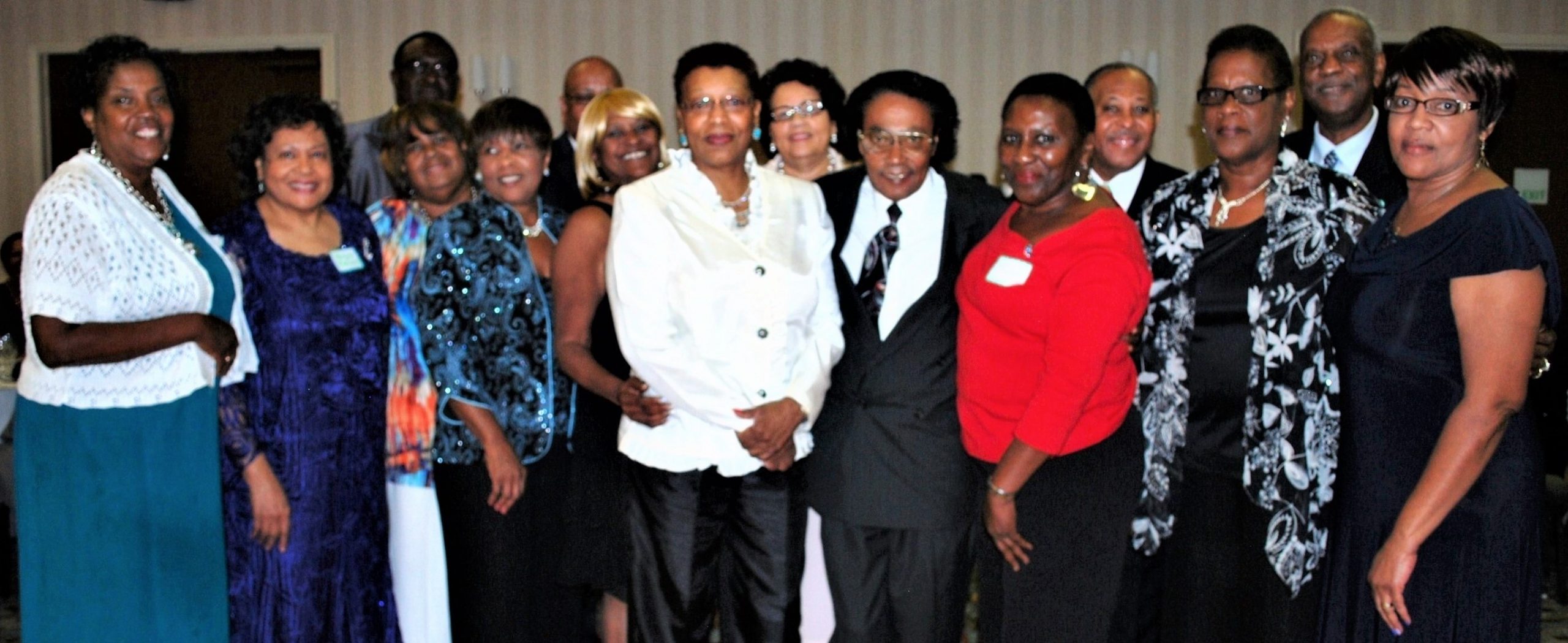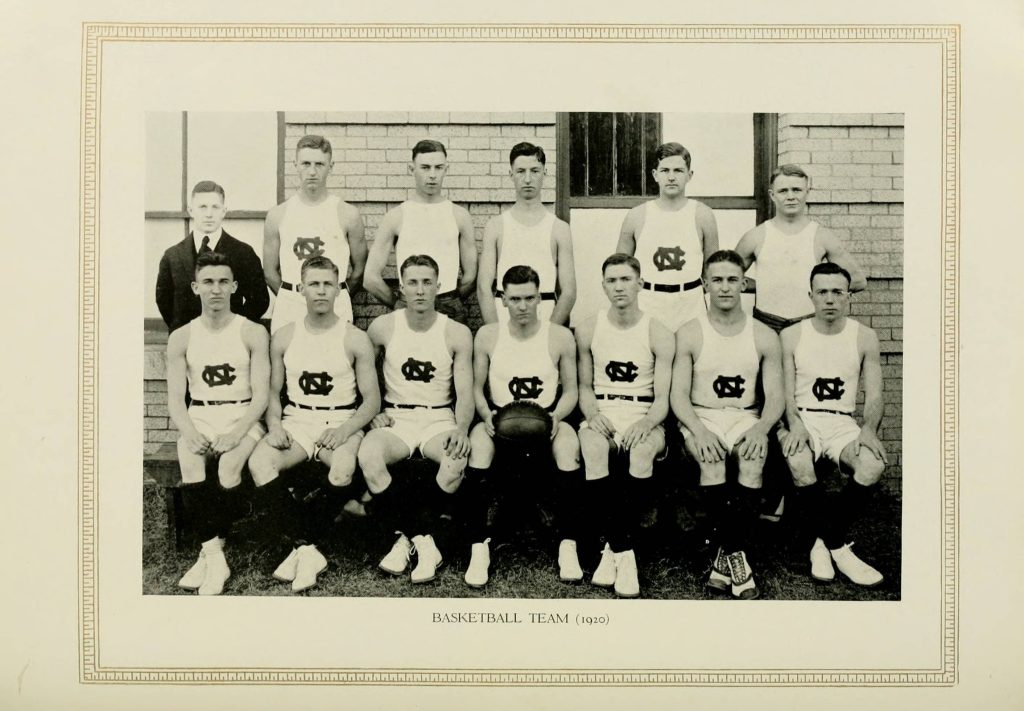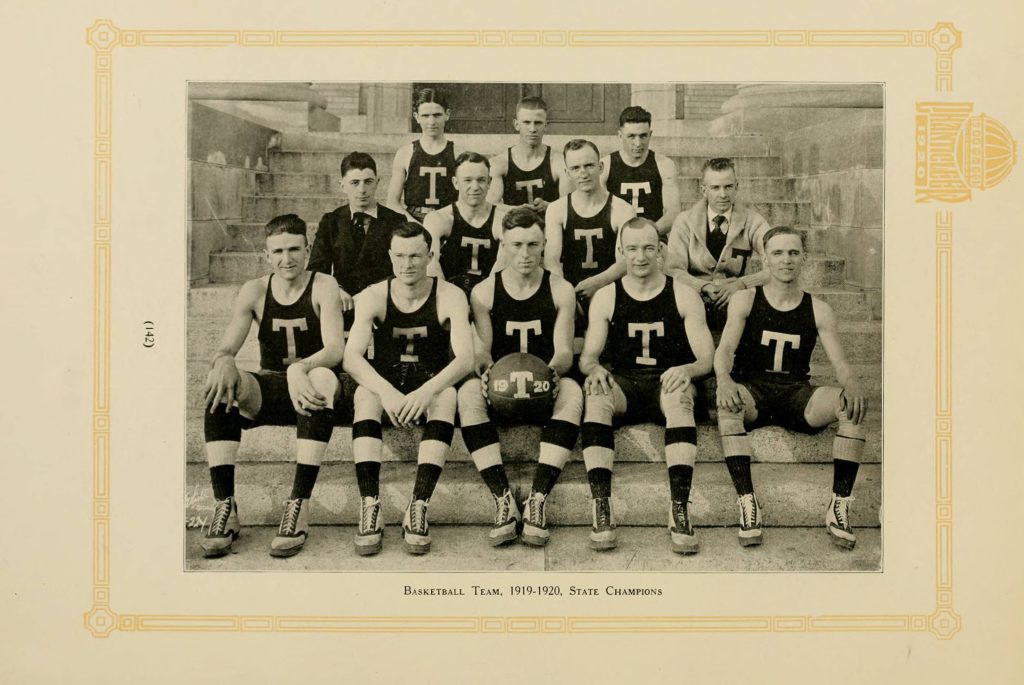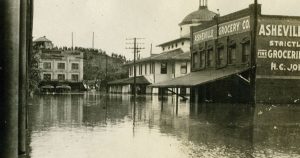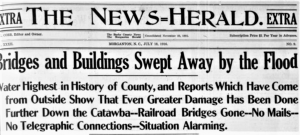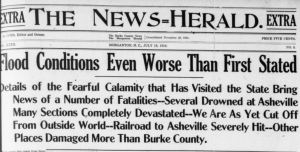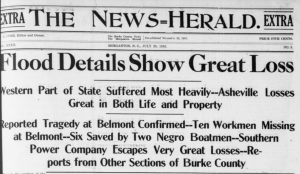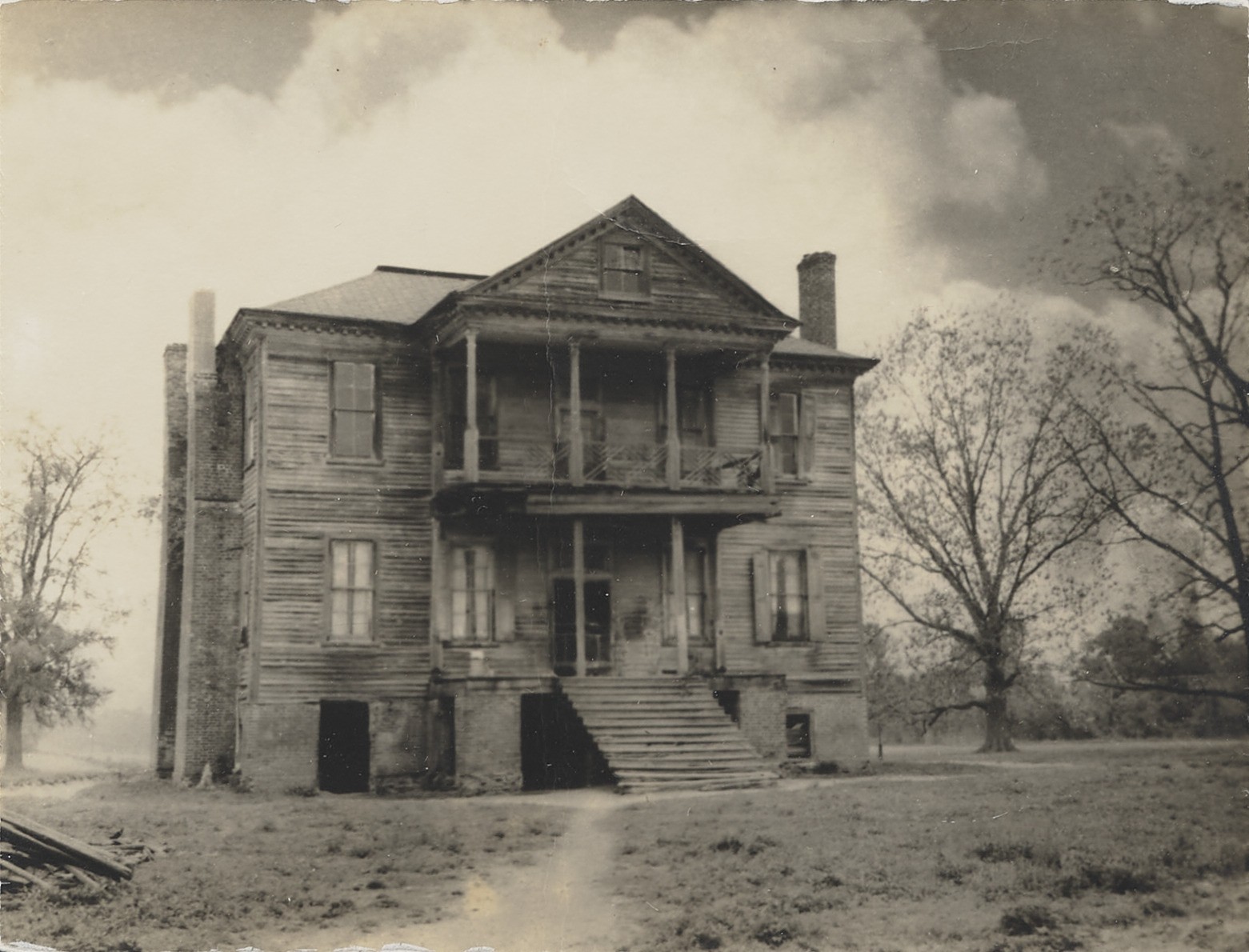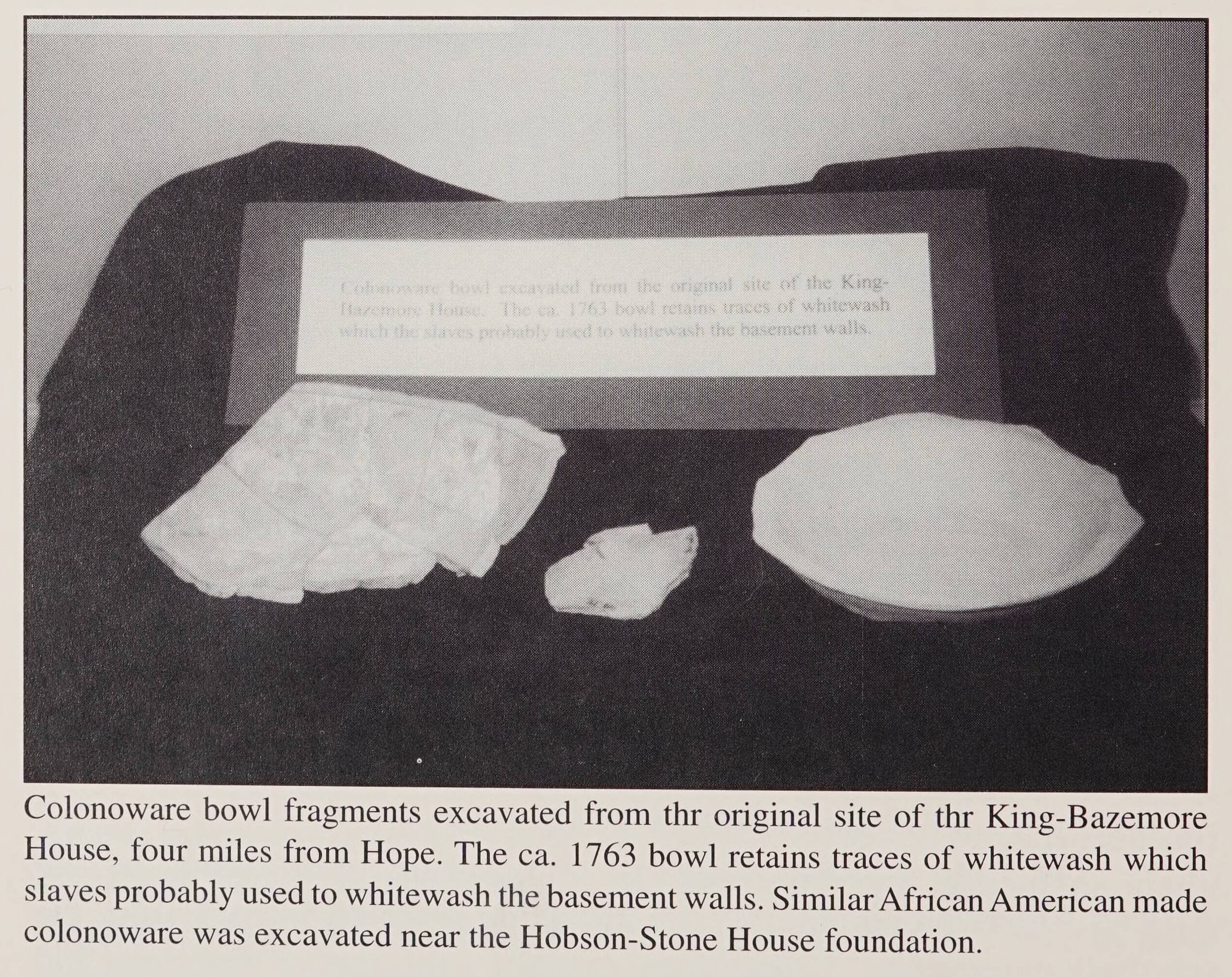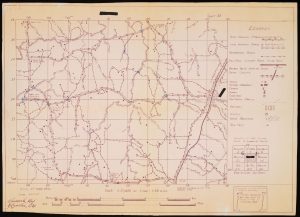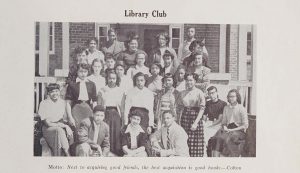Some say that high school student humor is a bit sophomoric; as evidence to the contrary, we’ve uploaded several student newspapers (thanks to our partner, the Granville County Public Library) that will at least make you smile.
First up are a couple of jokes from the Oxford High School Student Paper, The Owl. These jokes are from their “This n’ That” section of the March 13, 1941 issue.
This section also includes some stellar student profiles. One “Sophisticated Senior” lists her favorite pastime as “flirting” and her hobby as “catching beau.” A “Silly Sophomore” prefers to spend her time “eating” and aspires to be a “Bulls’ Eye Egg thrower.”
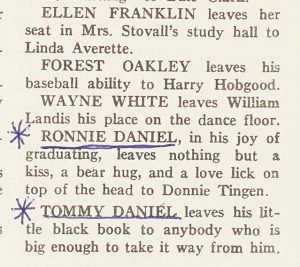 For a bit of darker humor, the 1967 senior class of J. F. Webb High School ran an extended graduation joke in the form of a “Last Will and Testament,” describing what each person left behind to an underclassman.
For a bit of darker humor, the 1967 senior class of J. F. Webb High School ran an extended graduation joke in the form of a “Last Will and Testament,” describing what each person left behind to an underclassman.
Items I and II leave “appreciation,” “respect,” and “esteem” to the principal and teachers. Item III leaves “old books,” “battered lockers,” and some hangout spot called “The Cave” to the student body in general. Item IV is where things start to get personal.
Many students opted for the “I leave my book, ‘How to Get Girls to Like You,’ to my friend Tommy” joke. A few, like Ellen Franklin and Wayne White, left treasured spots. Ronnie Daniel seems to be the only one who bequeathed a “kiss, bear hug, and a love lick on the top of his head.”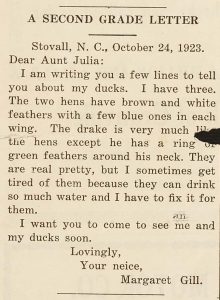
In Stovall High School’s paper, The Breeze, the back page is covered in miscellany briefs, including “A Second Grade Letter” by Margaret Gill. Even though Margaret didn’t seem to find it funny that her ducks drink so much water, it’s certainly entertaining to read.
This 1958 issue of Chapel Hill High School’s Proconian didn’t have the established humor section of some previous issues, though it did have a sassy note commenting on current affairs.
The full list of added newspapers (some by students and some for the community) includes:
- The Owl (Oxford, N.C.) – 1941-1959
- The Spectator (Oxford, N.C.) – 1967-1971
- Berea Gazette (Berea, N.C.) – 1923
- The Breeze (Stovall, N.C.) – 1923
- Proconian (Chapel Hill, N.C.) – 1958
- The Granville Enterprise (Oxford, N.C.) – 1914
- Granville County News (Oxford, N.C.) – 1929
- Oxford Mercury (Oxford, N.C.) – 1842
To see more materials from the Granville County Public Library, visit their partner page or their website. You can browse all newspapers in our North Carolina Newspapers collection.
